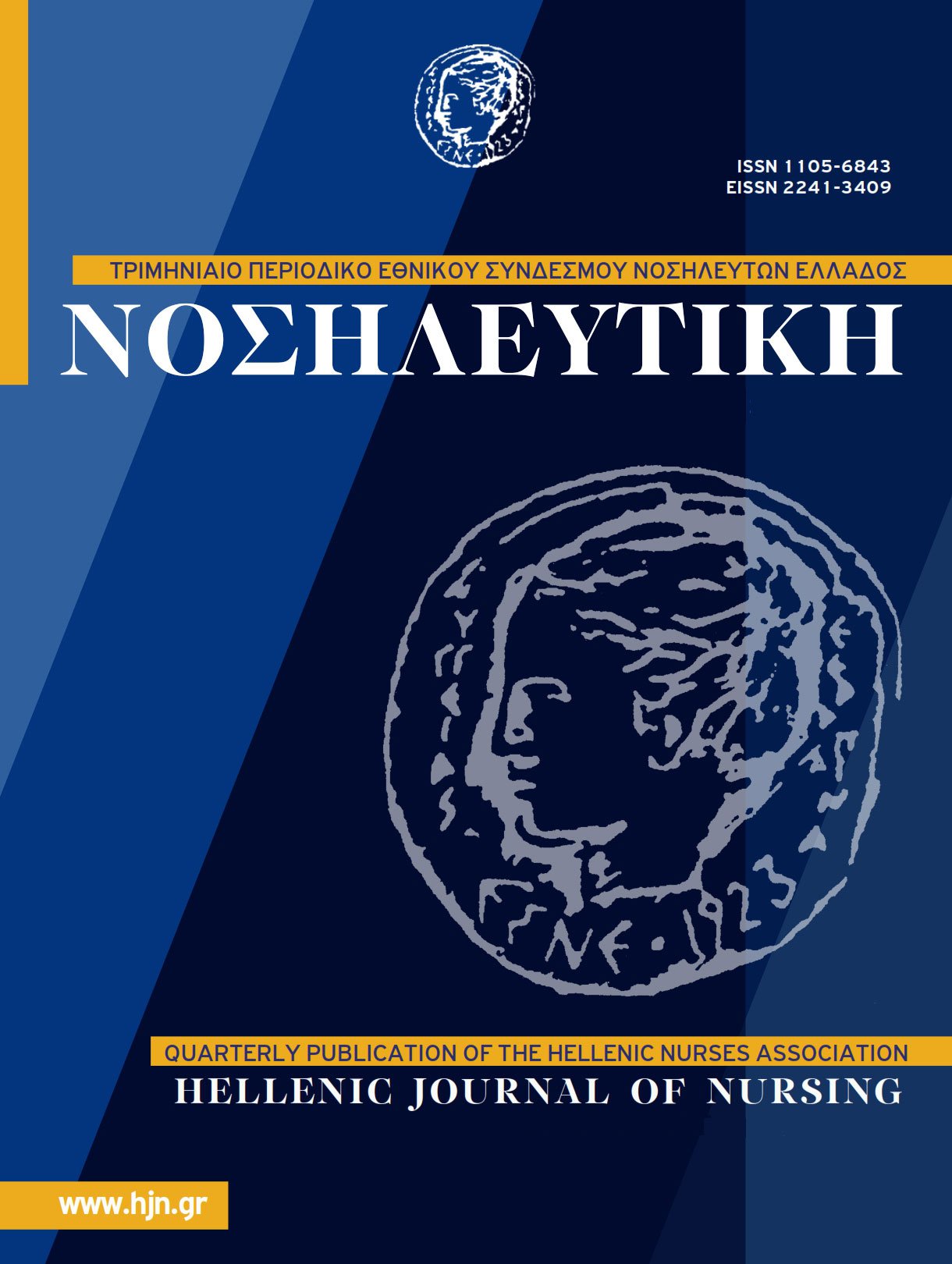Posttraumatic growth and posttraumatic depreciation in patients hospitalized in intensive care units due to serious health problems.
Abstract
Introduction: Post Traumatic Growth (PTG) is the subjective experience of positive, transformative changes that the
individual experiences as a result of a traumatic experience or extremely difficult life situation. It involves changes
in the perception of life, of self and others, and leads to the identification of new priorities and spiritual pursuits.
However, the person in these same areas can also experience negative psychological changes which are defined as
Post Traumatic Depreciation (PTD).
Aim: The aim of the present study was to assess the degree of post-traumatic growth and post-traumatic depreciation
of patients hospitalized in an ICU due to a life-threatening illness or injury.
Methods: The sample included 21 patients. Data collection was carried out via the PTGI-4, a psychometric assessment
tool for post-traumatic growth (positive changes) and post-traumatic depreciation (negative changes). Statistical
significance was set at 10%. The statistical program SPSS 22.0 was used for the analysis.
Results: The total score on the posttraumatic growth scale (PTGI) was 59.8, with higher scores on the subscales “Life
Appreciation” (MT=3.8) and “Personal strength” (TA=3.1), and on the posttraumatic depreciation scale (PTDI) was
16.9, with higher scores on the subscales “Relationship with Others” (MT=1.1) and “New Possibilities” (MT=0.9). Greater post-traumatic growth was seen in primary and secondary school individuals(p=0.073), general ICU inpatients
(p=0.089), multi-injured compared to infarct patients (p=0.089), as well as in individuals who had memories of their
ICU hospitalization (p=0.044). In contrast, a greater post-traumatic depreciation in total PTDI scale score was seen in
individuals aged 18-50 years (p=0.086).
Conclusions: Following the ICU hospitalization, participants experienced both positive (posttraumatic growth) and
negative (posttraumatic depreciation) changes. Posttraumatic growth was observed more often than posttraumatic
depreciation. It is considered necessary for health professionals to develop appropriate therapeutic interventions aimed
at enhancing the factors promoting posttraumatic growth and preventing or reducing posttraumatic depreciation.



